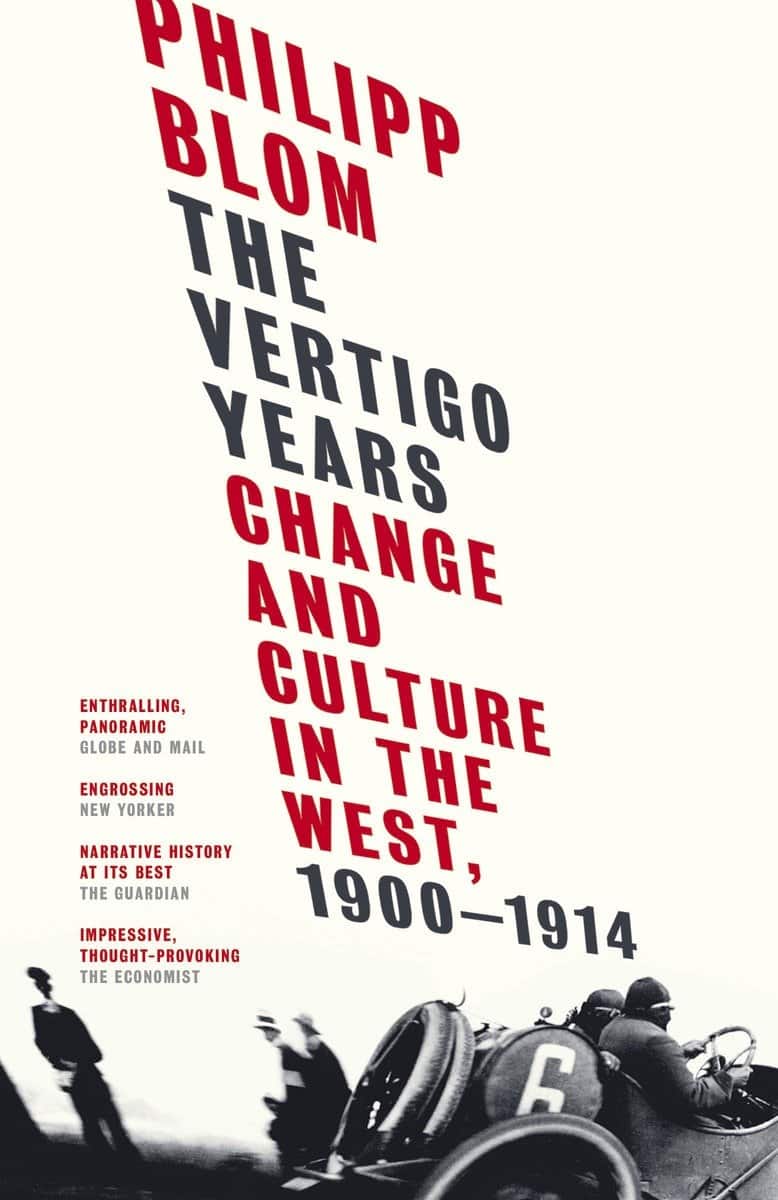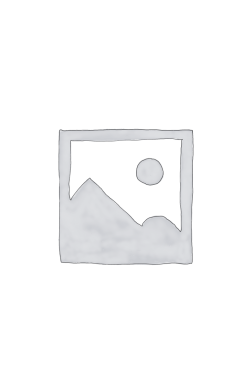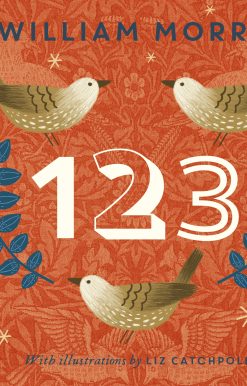The Vertigo Years: Change and Culture in the West, 1900-1914
19.00 JOD
Please allow 2 – 5 weeks for delivery of this item
Description
The most breathtaking work of history since Paris 1919.Europe, early in the 20th century: a world adrift, a pulsating era of creativity and contradictions. The hot topics of the day — terrorism and globalization, immigration, consumerism, the lack of moral values, and rivaling superpowers — could make one forget that it is a century ago that this era vanished into the trenches of the Somme and Vimy Ridge.Or did it? The closer one looks, the more this world seems like ours, the more one sees that the questions and realities shaping our lives and thoughts were formulated and laid down at the beginning of the 20th century: feminism, democratization, mass communication, commercial branding, consumerism, state-sponsored genocide, and psychoanalysis were all concepts birthed in this period. This was a time radically unlike the Victorian era that preceded it, a time in which all the old certainties broke down. Philipp Blom succeeds in bringing to life the immediacy of the lives and issues of this fascinating, flawed pre-war period.Through a series of historical vignettes, each chapter focusing on one particularly telling event for every year from 1900 to 1914, The Vertigo Years discovers the great people, powers, and ideas of Europe after 1900. The approach is eclectic, brilliantly combining the novelist’s eye with the craft of the historian. It opens up this era in all its contradictions and similarities to our own.
Additional information
| Weight | 0.52 kg |
|---|---|
| Dimensions | 3.03 × 15.14 × 22.69 cm |
| PubliCanadanadation City/Country | Canada |
| by | |
| Format | Paperback |
| Language | |
| Pages | 480 |
| Publisher | |
| Year Published | 2009-10-13 |
| Imprint | |
| ISBN 10 | 0771016417 |
| About The Author | Philipp Blom is a writer, editor, literary translator, broadcaster, and journalist. A former editor of The Harvill Press, he holds a PhD in history from Oxford University. He is the author of four books of fiction and non-fiction. He currently lives in Paris with his wife, writer Victoria Buckley. |
“A hugely enjoyable and illuminating book…. A work of narrative history at its best.” — The Guardian“A stylish, erudite guide to an age of exhilaration and anxiety that in many ways invented our own.” — Publishers Weekly “Blom is a superb writer…. [He] succeeds in infusing this outstanding chronicle with drama, compassion, and poignancy.” — Booklist (starred review) |
|
| Excerpt From Book | IntroductionToday, the period before the outbreak of the First World War is often regarded as idyllic: the time before the fall, the good old days, a belle époque celebrated in lavishly decorated films, a beautiful, intact society about to be shattered by the forces driving it inexorably towards disaster. After 1918, ‘lower’ classes and the peoples in the colonies were rapidly outbreeding ‘civilized’ whites. We hear echoes of this debate today in the hysterical polemics about birth rates among Muslim immigrants to Europe, much debated forecasts about the growth of the world’s population, and the decline of numbers in Europe and the USA, not to mention biological research indicating the decline of fertility among Western men.Speed and exhilaration, anxiety and vertigo were recurrent themes of the years between 1900 and 1914, during which cities exploded in size and societies were transformed, mass production seized hold of everyday life, newspapers turned into media empires, cinema audiences were in the tens of millions, and globalization brought meat from New Zealand and grain from Canada to British dinner plates, decimating the incomes of the old landed classes and enabling the rise of new kinds of people: engineers, technocrats, city-dwellers. Modernity did not rise virgin-born from the trenches of the Somme. Well before 1914, it had already taken a firm hold on the minds and lives of Europe. The War acted not as a creator, but as a catalyst, forcing old structures to collapse more quickly and new identities to assert themselves more readily.The Vertigo Years had much in common with our own day, not least their openness: in 1910 and even in 1914, nobody felt confident of the shape the future world would have, of who would wield power, what political constellation would be victorious, or what kind of society would emerge from the headlong transformation. By contrast, during the second half of the twentieth century the Cold War created a quite different situation: the outcome seemed uncertain, but it was perfectly clear what was at stake, and equally clear that one of two ideological systems would eventually be victorious. With the collapse of the Soviet empire, some of the openness and uncertainty of the Vertigo Years have reappeared, and today it is much more difficult to say what the future will bring for our societies.In a large part, the uncertain future facing us early in the twenty-first century arose from the inventions, thoughts and transformations of those unusually rich fifteen years between 1900 and 1914, a period of extraordinary creativity in the arts and sciences, of enormous change in society and in the very image people had of themselves. Everything that was to become important during the twentieth century — from quantum physics to women’s emancipation, from abstract art to space travel, from communism and fascism to the consumer society, from industrialized slaughter to the power of the media — had already made deep impressions in the years before 1914, so that the rest of the century was little more than an exercise, wonderful and hideous by turn, in living out and exploring these new possibilities. |
Only logged in customers who have purchased this product may leave a review.






Reviews
There are no reviews yet.